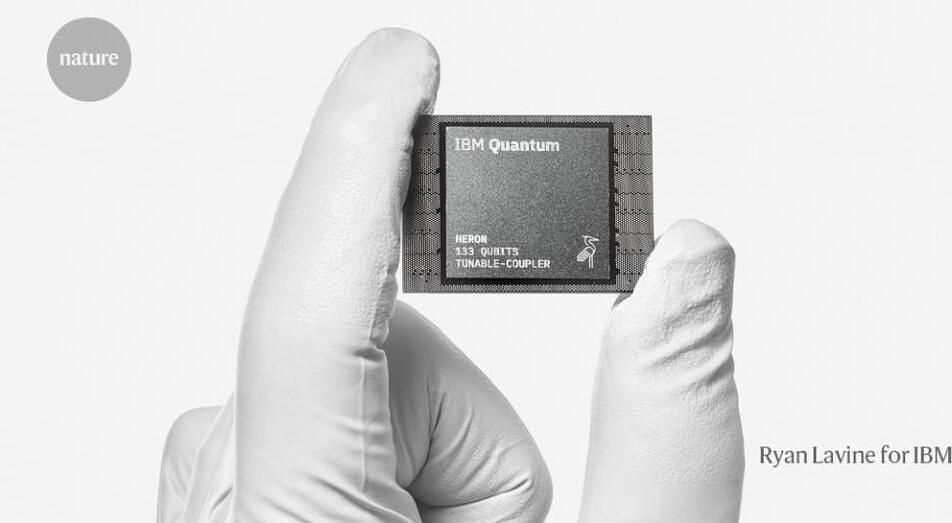Shared with Dropbox.
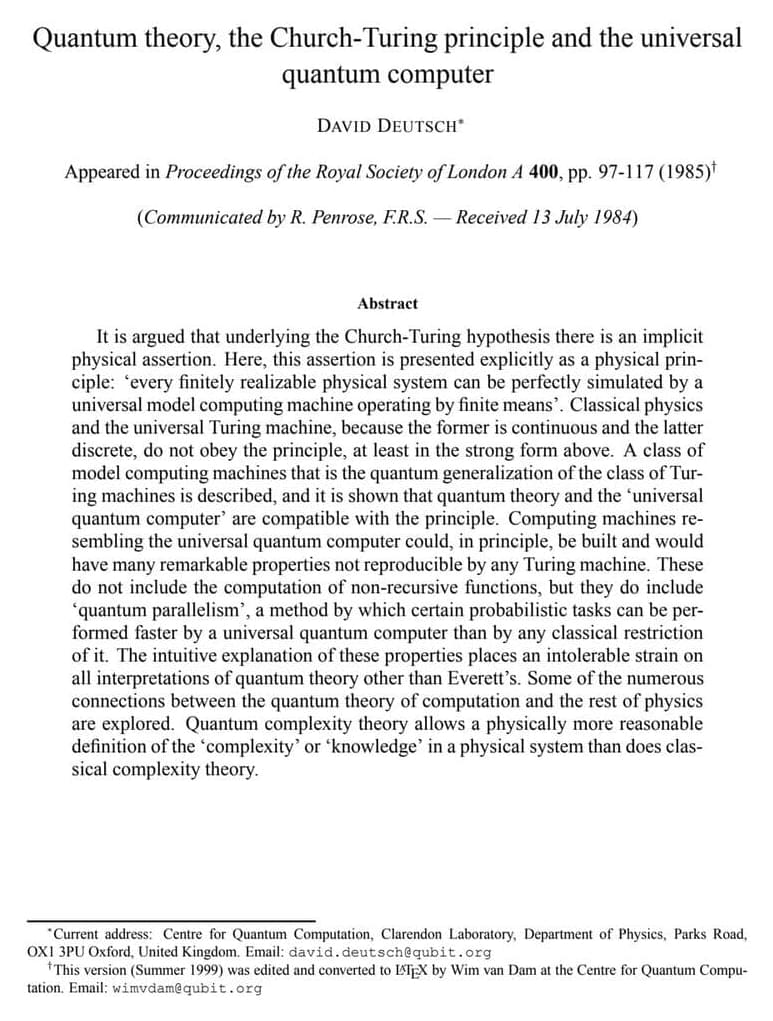


Imagine brain scanning technology improves greatly in the coming decades, to the point that we can observe how each individual neuron talks to other neurons.
Then, imagine we can record all this information to create a simulation of someone’s brain on a computer.
This is the concept behind mind uploading – the idea that we may one day be able to transition a person from their biological body to a synthetic hardware.
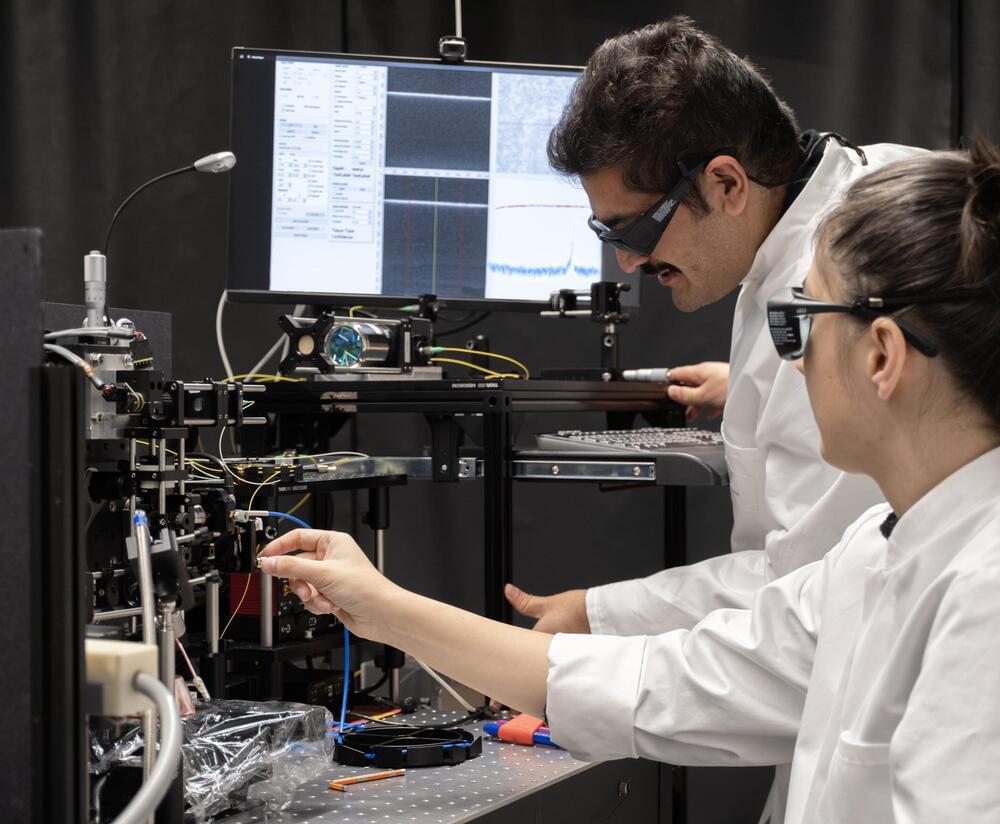
Using lasers rather than scalpels and saws has many benefits in surgery. Yet they are only used in isolated cases. But that could be about to change: laser systems are getting smarter and better all the time, as a research team from the University of Basel demonstrates.
Even back in 1957, when Gordon Gould coined the term “laser” (short for “Light Amplification by Stimulated Emission of Radiation”), he was already imagining the possibilities for its use in medicine. Surgeons would be able to make precise incisions without even touching the patient.
Before that could happen, however, there were—and still are—many hurdles to overcome. Manually controlled light sources have been superseded by mechanical and computer-controlled systems to reduce injuries caused by clumsy handling. Switching from continuous beams to pulsed lasers, which turn themselves rapidly on and off, has reduced the heat they produce. Technical advances allowed lasers to enter the world of ophthalmology in the early 1990s. Since then, the technology has moved on in other areas of medicine, too, but only in relatively few applications has it replaced the scalpel and the bone saw.
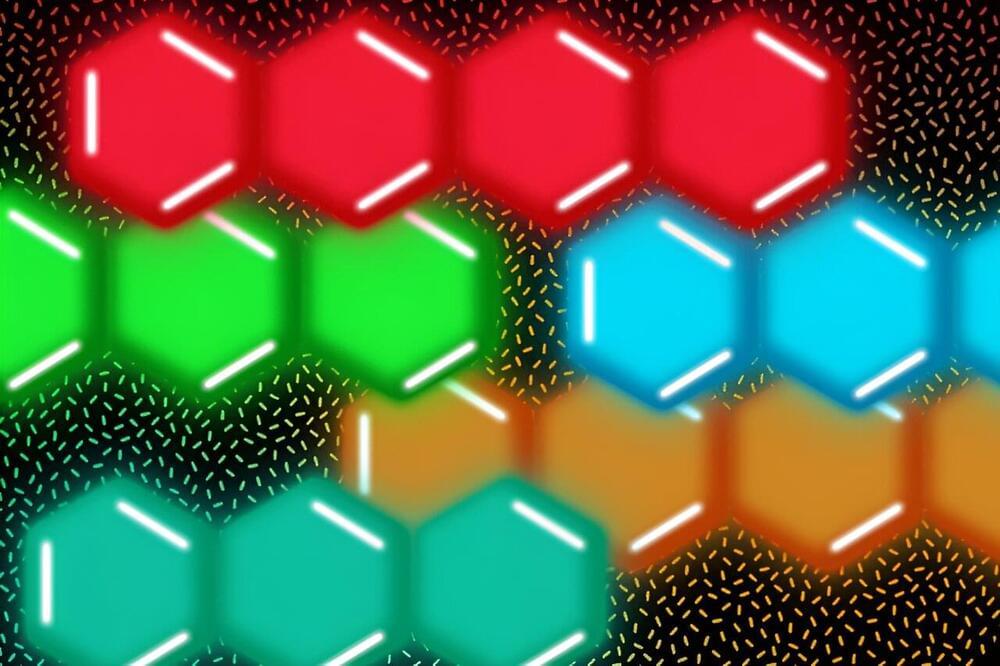
Chains of fused carbon-containing rings have unique optoelectronic properties that make them useful as semiconductors. These chains, known as acenes, can also be tuned to emit different colors of light, which makes them good candidates for use in organic light-emitting diodes.
The color of light emitted by an acene is determined by its length, but as the molecules become longer, they also become less stable, which has hindered their widespread use in light-emitting applications.
MIT chemists have now come up with a way to make these molecules more stable, allowing them to synthesize acenes of varying lengths. Using their new approach, they were able to build molecules that emit red, orange, yellow, green, or blue light, which could make acenes easier to deploy in a variety of applications.
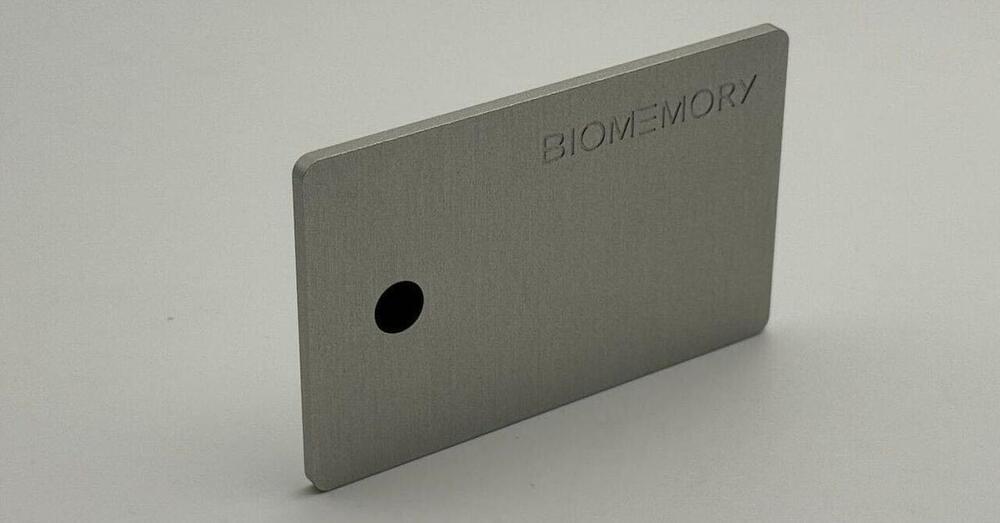
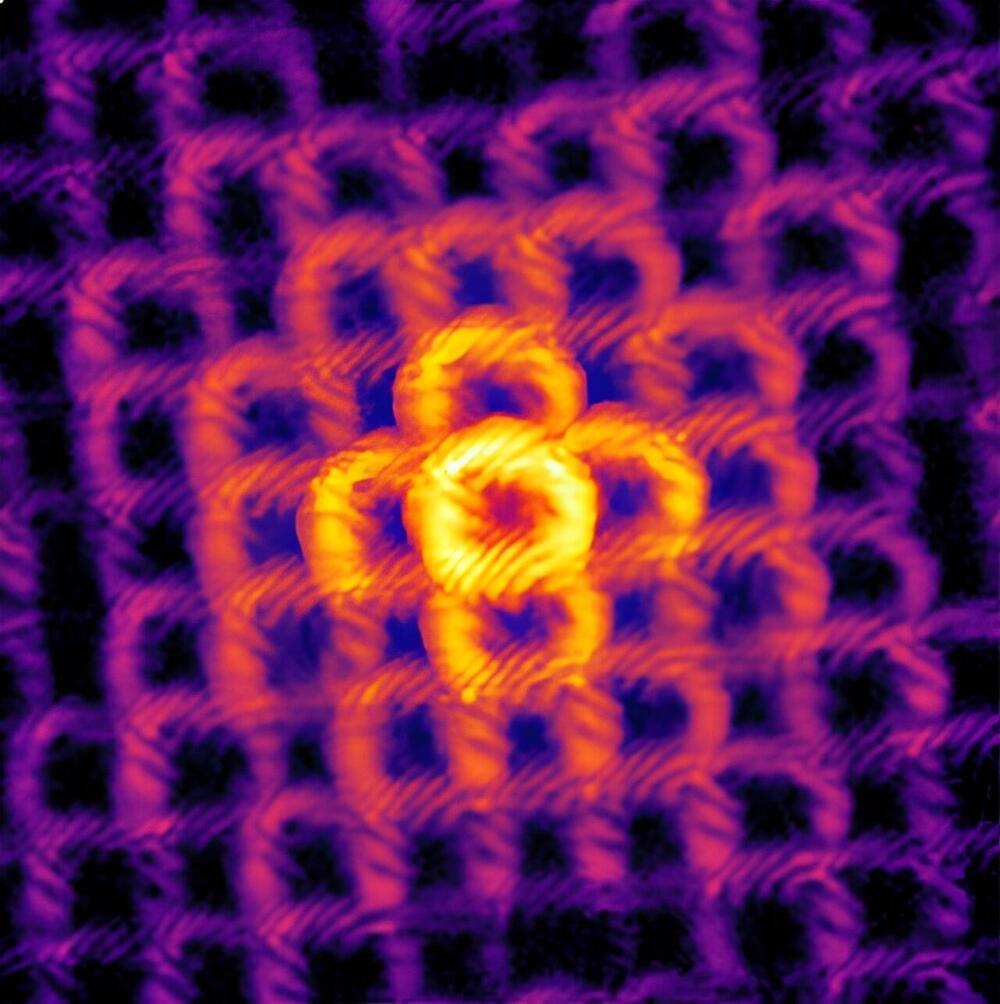
In a new study published in Optica, researchers at the University of Colorado Boulder have used doughnut-shaped beams of light to take detailed images of objects too tiny to view with traditional microscopes.
The new technique could help scientists improve the inner workings of a range of “nanoelectronics,” including the miniature semiconductors in computer chips. The discovery was also highlighted in a special issue of Optics & Photonics News.
The research is the latest advance in the field of ptychography, a difficult-to-pronounce (the “p” is silent) but powerful technique for viewing very small things. Unlike traditional microscopes, ptychography tools don’t directly view small objects. Instead, they shine lasers at a target and then measure how the light scatters away—a bit like the microscopic equivalent of making shadow puppets on a wall.

This is the concept behind mind uploading – the idea that we may one day be able to transition a person from their biological body to a synthetic hardware. The idea originated in an intellectual movement called transhumanism and has several key advocates including computer scientist Ray Kurzweil, philosopher Nick Bostrom and neuroscientist Randal Koene.
The transhumanists’ central hope is to transcend the human condition through scientific and technological progress. They believe mind uploading may allow us to live as long as we want (but not necessarily forever). It might even let us improve ourselves, such as by having simulated brains that run faster and more efficiently than biological ones. It’s a techno-optimist’s dream for the future. But does it have any substance?
The feasibility of mind uploading rests on three core assumptions.
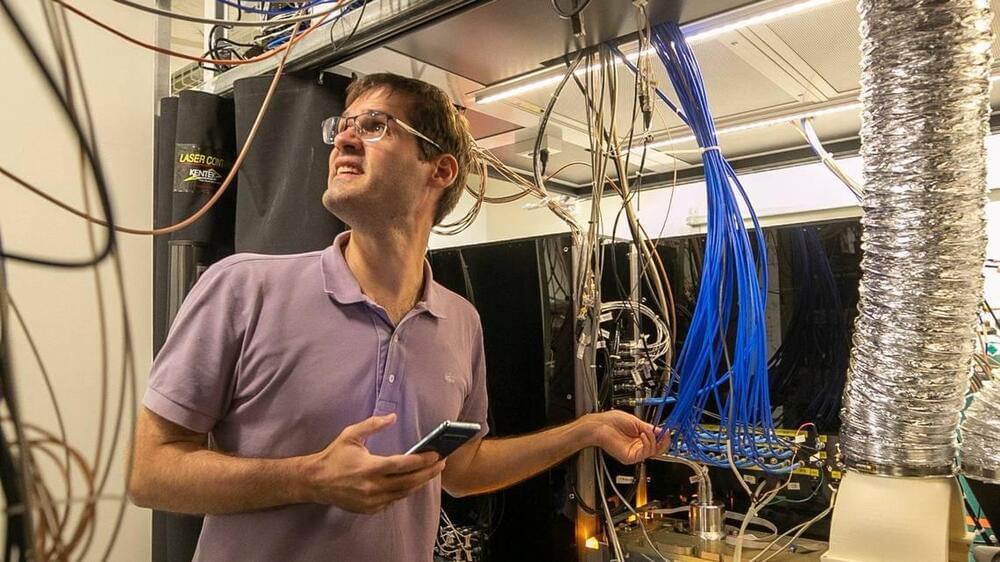
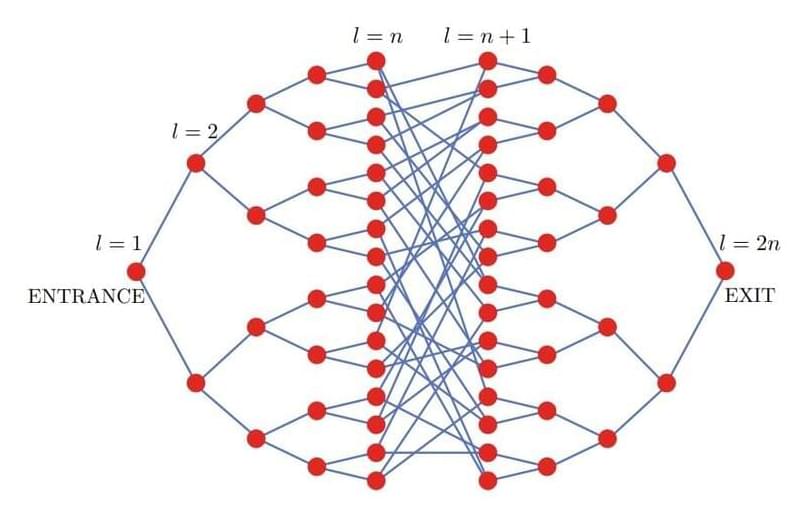
Quantum computers promise to solve some problems exponentially faster than classical computers, but there are only a handful of examples with such a dramatic speedup, such as Shor’s factoring algorithm and quantum simulation. Of those few examples, the majority of them involve simulating physical systems that are inherently quantum mechanical — a natural application for quantum computers. But what about simulating systems that are not inherently quantum? Can quantum computers offer an exponential advantage for this?
In “Exponential quantum speedup in simulating coupled classical oscillators”, published in Physical Review X (PRX) and presented at the Symposium on Foundations of Computer Science (FOCS 2023), we report on the discovery of a new quantum algorithm that offers an exponential advantage for simulating coupled classical harmonic oscillators. These are some of the most fundamental, ubiquitous systems in nature and can describe the physics of countless natural systems, from electrical circuits to molecular vibrations to the mechanics of bridges. In collaboration with Dominic Berry of Macquarie University and Nathan Wiebe of the University of Toronto, we found a mapping that can transform any system involving coupled oscillators into a problem describing the time evolution of a quantum system. Given certain constraints, this problem can be solved with a quantum computer exponentially faster than it can with a classical computer.
